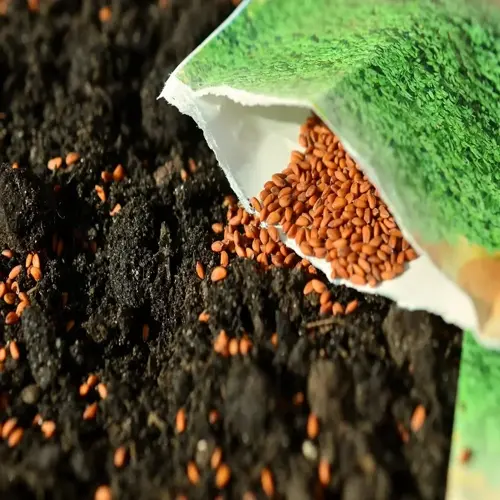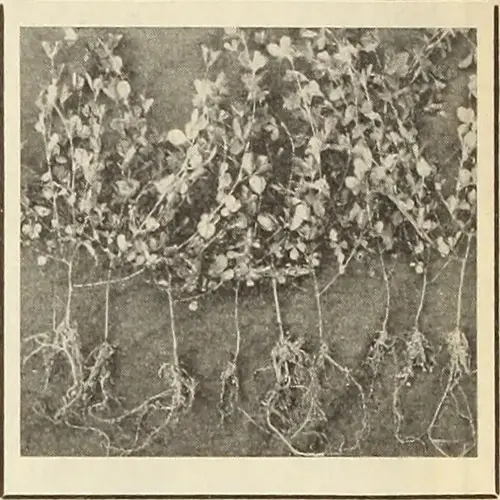Why is seed drying essential before storage?

Written by
Julia Anderson
Reviewed by
Prof. Martin Thorne, Ph.D.Proper seed drying lays the essential groundwork for long-term storage success. This vital drying process prevents mold and halts premature germination. It significantly reduces seed rate damage while maintaining the exceptional physiological integrity of cellular structures inside seeds, and it preserves seed viability for subsequent planting seasons. Failing to perform this step may result in throwing your seed away as a total loss due to seed deterioration.
Moisture Targets
- Achieve under 8% moisture for room temperature storage
- Reach below 6% for freezer preservation
- Verify levels using nail or snap testing methods
Drying Methods
- Screen drying: spread seeds thinly on mesh frames
- Silica gel beds: place seeds over desiccant layers
- Dehydrators: use low heat under 95°F (35°C) settings
After the seeds have dried, you can perform the snap test. Bend the seeds with your fingers or thumbs. Seeds that have dried well will snap apart cleanly and make a nice sound. For bigger seeds such as beans, you could use the nail test. Press your thumbnail into the seed. If there's no dent, then it's ready.
To limit any damage, seeds should be dried slowly. Avoid excessive heat or sunlight. Seeds should be spread in single layers on screens and turned at least twice per day. A humidity-controlled room may work better. When drying, the best target for relative humidity is 30-40% for safety.
Proper drying provides a protective barrier. It deactivates the enzymes that cause deterioration. Dried seeds resist insect infestation than untreated seeds. Dried seeds can maintain germination power for years. This simple step can make seeds long-lasting resources for the garden.
Read the full article: 3 Essential Rules: How to Store Seeds

